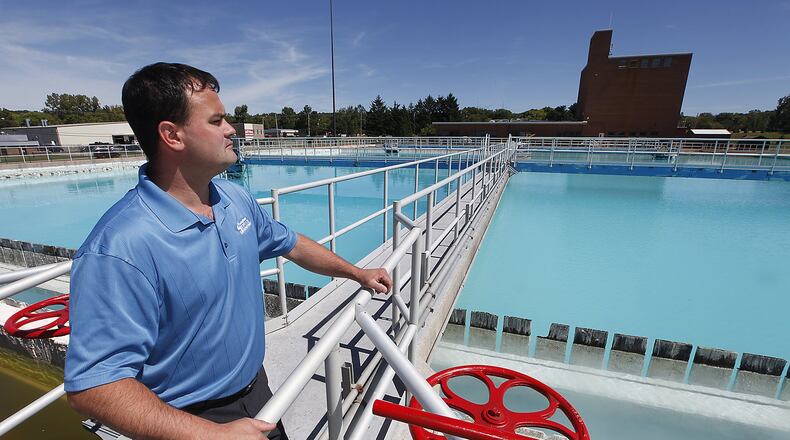READ MORE: Home sales down in region due to lack of inventory
The city has to seek approval from voters before moving ahead because residents have shot down previous efforts, Patterson said. City officials did not return a call Monday seeking comment.
“Springfield is the largest city in Ohio that doesn’t have fluoridated water,” Patterson said.
DETAILS: Springfield strip mall getting new life
The proposed ballot measure is the result of a Community Health Improvement Plan developed in 2015 to determine what health-related issues are most important to the region. Patterson said the top complaint at the Springfield Regional Medical Center’s emergency room was visits from residents who complained about pain related to oral health.
RELATED: Recovery from illness motivated this Springfield nurse to become a national-caliber athlete
More than 32 percent of Clark County residents have had between one and five permanent teeth removed because of tooth decay or gum disease, according to the Community Health Assessment. Adding a small amount of fluoride to the water supply emerged as a cost-effective and effective way to improve dental health for thousands of Clark County residents, Patterson said. City officials recently visited Middletown to see how similar-sized city is addressing the issue, he said.
In 1969, Ohio legislators passed a law requiring fluoridation of public water supplies that serve more than 5,000 people. But Springfield voters voted to become exempt from the law later that year.
MORE: TRC breaks ground on first phase of SMART Center
Fluoridation of the public water supply was placed on the ballot in 2005 but was defeated as 57 percent of voters came out against the issue. Many of those opposed expressed concern about adding a potentially toxic chemical to Springfield’s water.
If approved, it would likely be a few years before fluoride would be added to the water. The equipment to treat the water would likely be paid for through a Ohio Department of Health grant through the Delta Dental Foundation which would cover the entire initial cost. The grant would also cover about half the cost for replacement equipment when that’s eventually needed.
Patterson said he expects some opposition, but argued fluoride has proven to be a safe, effective way to improve oral health in a community. He said the health district will do its best to provide accurate information about the issue, but voters will ultimately decide.
Information from the Centers For Disease Control and Prevention’s website showed community water fluoridation is recommended by nearly all public health, medical, and dental organizations. It is recommended by the American Dental Association, American Academy of Pediatrics, US Public Health Service, and World Health Organization, according to the CDC.
The Springfield News-Sun will continue to provide unmatched coverage of health in Clark and Champaign Counties. For this story, the paper spoke to local health officials about a proposed ballot measure that would allow residents to decide whether to add fluoride to Springfield’s water supply.
About the Author
